Horror's new face for 2020: Relic and Saint Maud
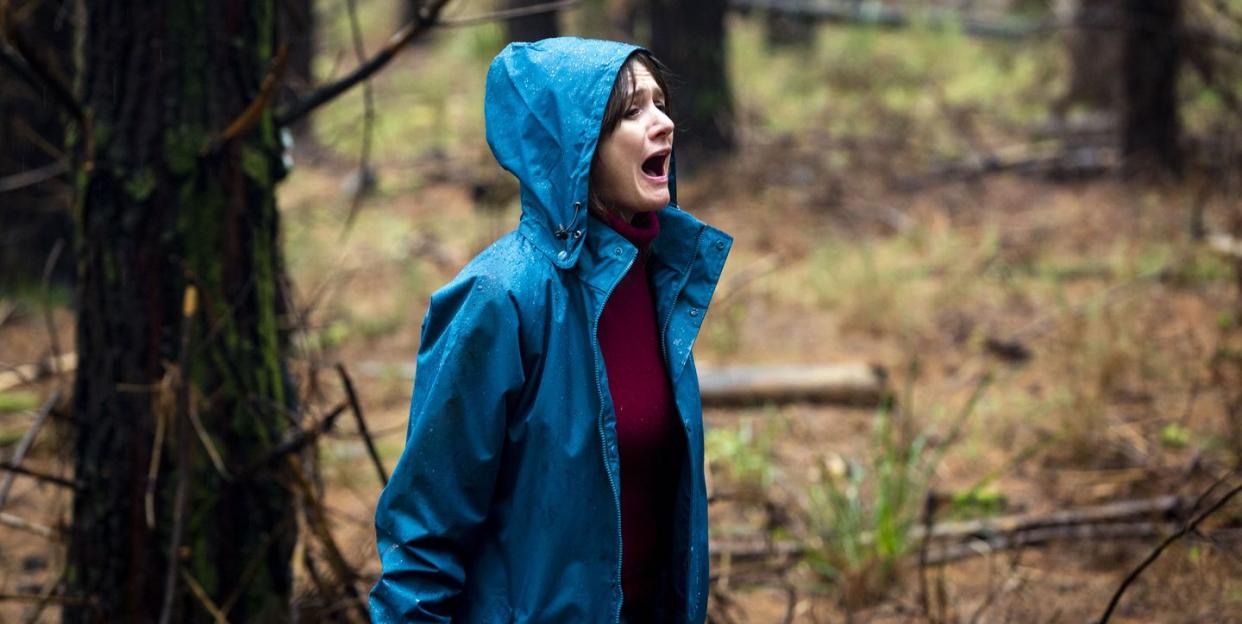
- Oops!Something went wrong.Please try again later.
October has always been a big month for horror, but at the cinema it's been a while since we've had a must-see horror to enjoy in the lead-up to Halloween.
Not so in 2020: there are two terrific horror movies out to enjoy at UK cinemas. Saint Maud (out now) and Relic (out October 30) are not only two of the best horrors of the year, but they're two of the best movies of the year, regardless of genre.
The horror genre has always been a fruitful ground for first-time filmmakers to get their chance, and Saint Maud and Relic are both directed by first-time directors: Rose Glass and Natalie Erika James respectively.
Though Saint Maud and Relic are entirely different movies, they have similarities beyond being debut works. They are both female-led stories and explore timely real-life issues in their fantastical worlds, as the best horror movies have done over the decades.
To mark the releases of both movies, Digital Spy sat down with Rose Glass and Natalie Erika James to talk about the personal inspirations behind their debut features, the challenges they faced and why horror was the perfect space to tell their stories.
A personal touch
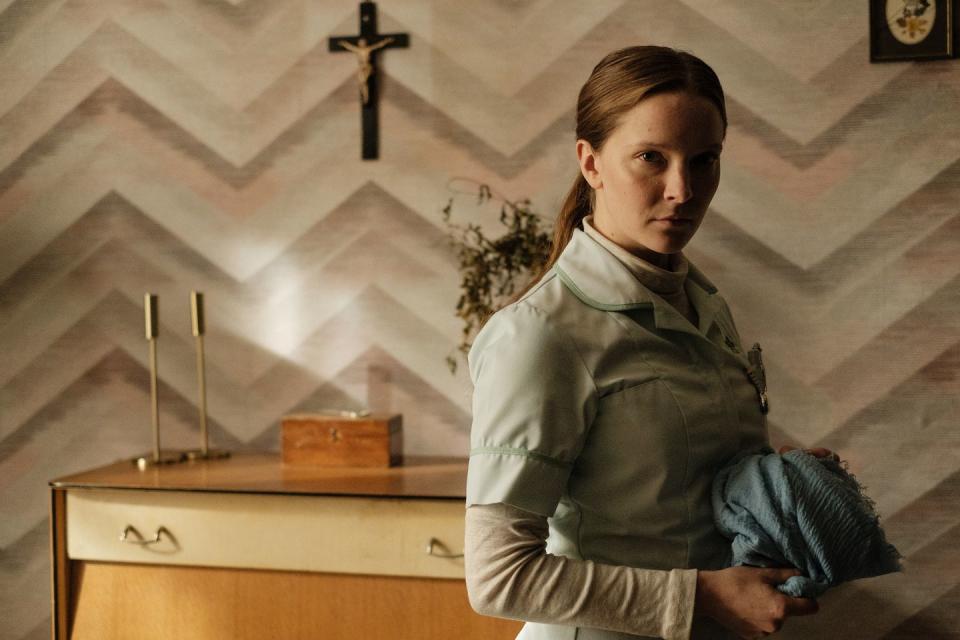
Saint Maud started off as a two-hander between a woman and the voice in her head, who just happened to be God. Glass, who also wrote the movie, described the early version as a "f**ked-up romance" before it shifted into what Saint Maud became.
The movie follows live-in nurse Maud (Morfydd Clark) who becomes obsessed with her new patient Amanda (Jennifer Ehle) and believes it's her personal mission to save Amanda's soul. Maud still has a voice in her head though, inspired by Glass's interest in religion.
"I didn't have a super hardcore Catholic upbringing or anything, my parents are pretty chilled, but my dad's dad was a vicar [and] I went to an all girls' convent school, that kind of thing. Christianity, going to church singing hymns, saying prayers are all very familiar," she reflected.
While she pushed against it when she was younger, Glass started to look at religion in a "different light" as she got older. But the movie isn't an exploration of religion, rather it's a look at how religion and mental health can, at times, be closely linked.
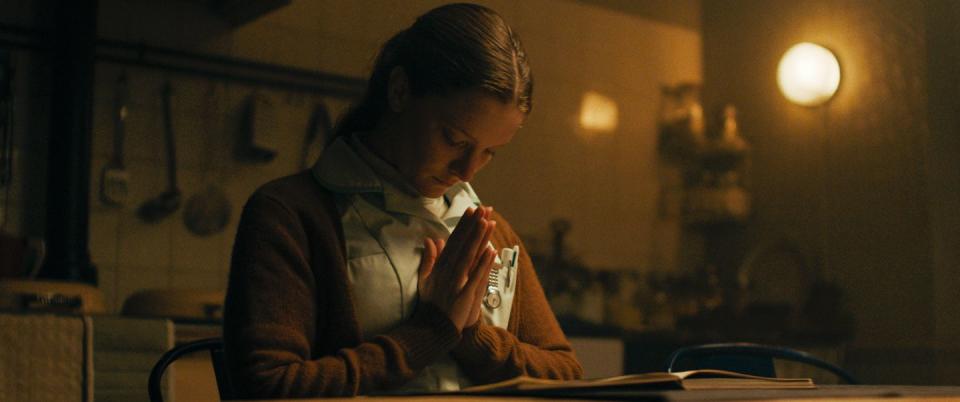
"They're two separate things, but there's undeniably that interesting grey area, like a Venn diagram where things interact. At what point does faith become a delusion? You never really know what's going on inside someone else's head, it could be interpreted in many different ways," she said.
"I thought that was an interesting area to set something and my objective was to make the audience empathise with Maud and very much put them in her shoes."
While Saint Maud examines mental health through a wholly fictionalised tale, Relic is a more personal story. James –who co-wrote the movie with Christian White –was inspired by a trip to visit her grandmother, who was living with Alzheimer's.
"This particular trip that I took to see her in Japan was the first time she couldn't remember who I was, so I had a lot of feelings of guilt about that," James reflected.
"And I think that was really the starting point [of the story], particularly the fact that she lived in this older Japanese house that I had always been really scared of as a kid. It always really freaked me out to have to go to the bathroom in the middle of the night."
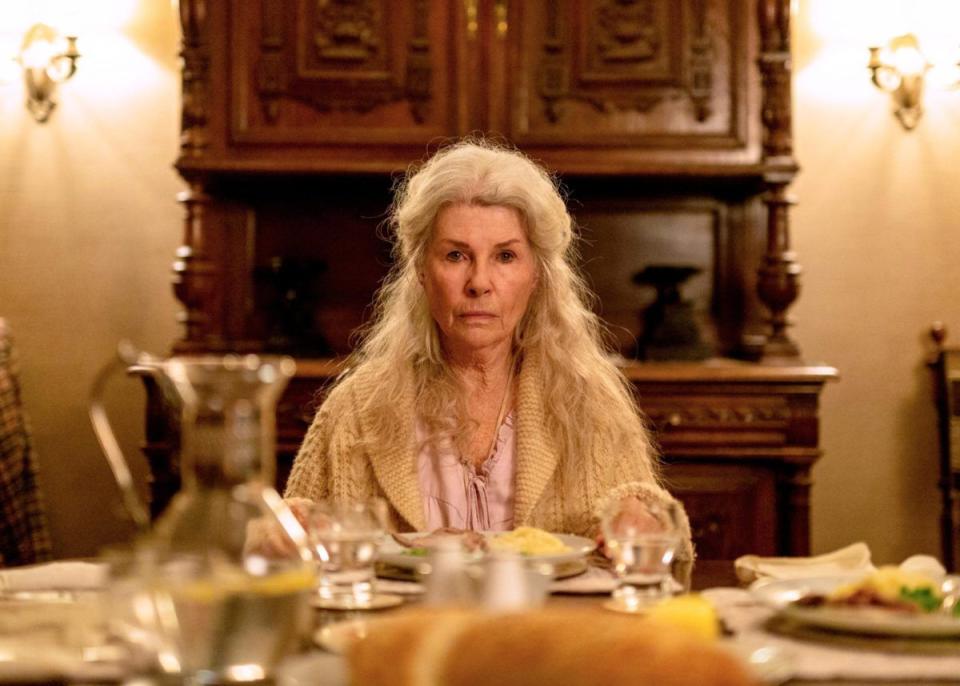
Relic centres on Kay (Emily Mortimer) and her daughter Sam (Bella Heathcote) who return to their family home after Kay's mother Edna (Robyn Nevin) goes missing. However, Edna soon returns, but she doesn't seem quite like herself.
While the real-life inspiration might seem more suited to a drama, Relic was never going to be anything other than a horror, which James saw as going "hand in hand" with the experience of Alzheimer's.
"I do think that horror is the perfect genre to talk about fear, that experience of Alzheimer's, there's so much fear involved in that, both from the person suffering, this kind of fear of losing yourself, but also for everyone who surrounds them," she noted.
"It's the fear of losing your loved one, but it's also, you know, this kind of fear of decay and mortality in general. The idea that it could be coming for you and that it will come for you, it will come for you. So lovely, so morbid. I'm a hoot."
Filming challenges
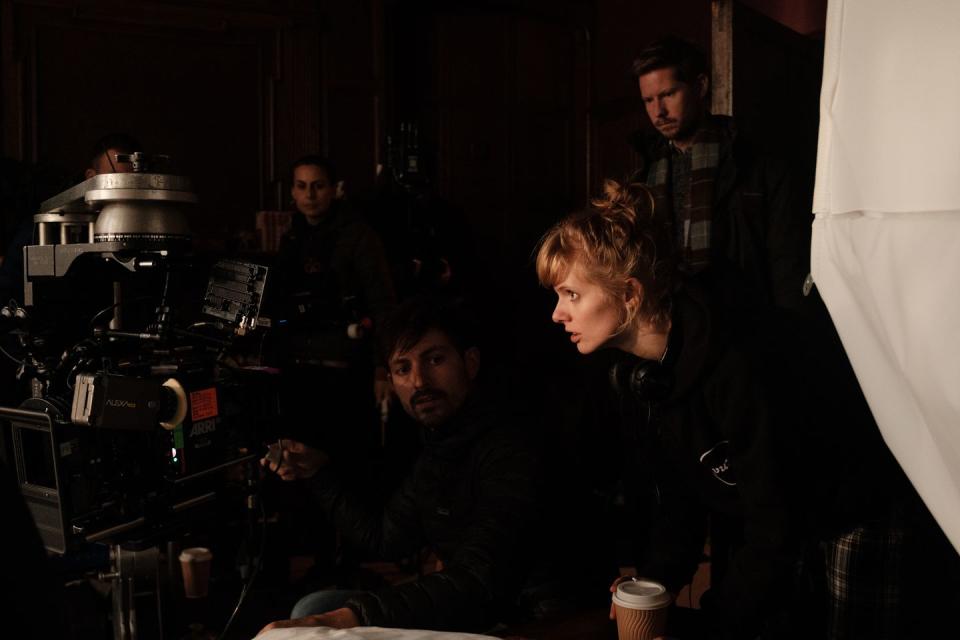
Given that both movies were feature debuts for Glass (above) and James, the filming brought its own unique challenges, but also the chance to put their own spin on the horror genre.
For James, the difference between her work on short movies and Relic was in the planning as she found it wasn't as easy to have back-up plans.
"I like to really have things down to a tee, and like a plan A, but also a plan B and C. You can do that with short films, but it's so much harder with feature films. And unfortunately, everything's shifting over the span of the six weeks that you're shooting," she outlined.
"A lot of it was about letting go of that control and learning to trust your instincts a bit more, but it was really freeing in that way to be able to lean on whatever would come to you."
Unlike most haunted house movies, Relic doesn't employ jump scares heavily as James felt that the more you use them, the more you "start to lose your audience and its effectiveness": "I think it's just personal taste as well for me because I'm really a big fan of the Asian horror tradition where you build that tension within the frame."
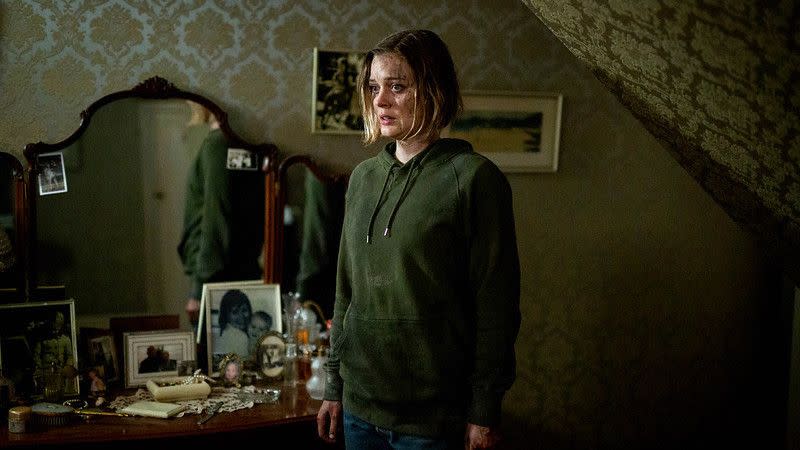
And part of that was also using practical effects where she could, including for the movie's sinister presence, which we won't describe for fear of spoilers, but was realised through an animatronic puppet on set.
"I was amazed by how nuanced they could get with the expressions and it also had a breathing mechanism, so that it had natural movement too. It was quite incredible," James enthused.
Glass also preferred to use practical effects "whenever possible" on Saint Maud which, among its horror beats, includes a CPR-gone-wrong sequence and moments where Maud experiences all kinds of visions.
Originally, the movie's unforgettable final shot was filmed practically too: "We did a version of that very last shot with a stuntwoman. But in order to get away with the fact that it's a stuntwoman, we had to shoot it super wide and it didn't feel right."

But it wasn't actually the filming of Saint Maud that proved the biggest challenge for Glass in her feature debut.
The movie marked the first time she wrote a feature-length script and with Glass developing the movie at the same time as another one, she admitted that it "got a bit much at some point" due to pressure.
"You put so much into it and it's not until fairly last minute in the process that it's actually greenlit, so I think I got overly stressed towards the end," she recalled.
"You get new perspectives where you're like, 'Oh no, does this film even make sense?' I think it does, but maybe it's just nonsense. Imposter syndrome and that kind of stuff [happens]. Fortunately, all that came to a head and I took a step back and got things back in perspective and sorted myself out before we started prep.
"At that point, to be honest, once official prep kicks in, you've suddenly got a small team around you and everything's happening a lot quicker. It's not just you down at your computer in your room for months and months."
The strength of horror
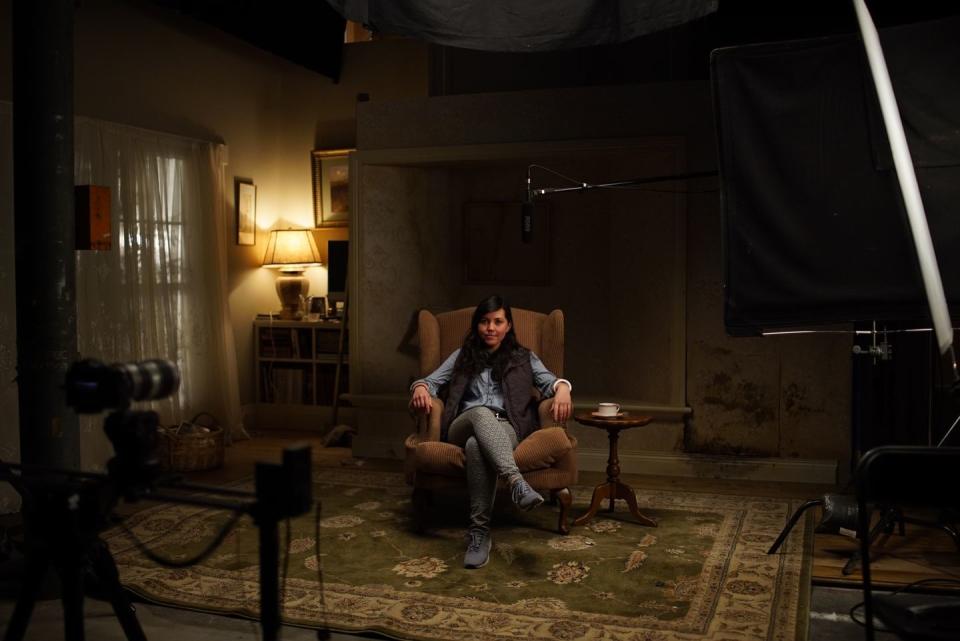
By making their feature debuts in the horror genre, Glass and James (above) join an esteemed group of directors including Jordan Peele, James Gunn, Jennifer Kent, Peter Jackson and Zack Snyder who made their mark first in horror.
There is something about the horror genre that seems to make it more open to taking a chance on first-time filmmakers.
"I've grown up hearing that as well and that's quite cool," Glass reflected. "I guess because it's people enjoy being scared and it's a genre with some of the most diehard fans who will seek out a film specifically because it's in that genre, as opposed to more general cinemagoers."
Glass added that the genre is also "seductive to filmmakers and storytellers", given the "big, exciting palette" you can use to tell your stories.
"It's also easier for stories to take on a metaphorical leaning. Even if it's a monster, you could interpret it symbolically as being a metaphor for something else, which is interesting for a filmmaker," she concluded.
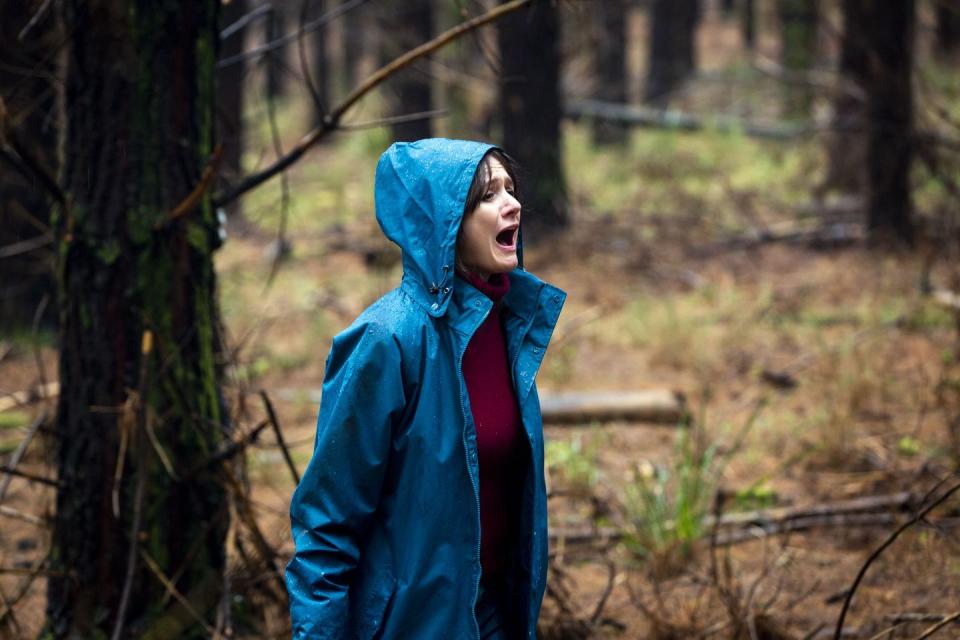
James noted that the genre isn't typically one where you need to spend a lot of money to make movies, meaning that it's a "low risk" to give a first-time filmmaker a chance, and those filmmakers can take more risks as a result.
"For me, I really love how you can tell stories really visually. It's an amazing way to externalise people's fears. If you think about the spectrum of human emotion, it all falls between fear and love. Fear is such a rich area and territory to explore," she outlined.
"That's personally why I really love it. This idea that you can really get inside a character's head and talk about really intense things, but still have it be really entertaining at the same time."
Saint Maud is out now in UK cinemas, while Relic is out in UK cinemas and on digital platforms on October 30, following a screening at the BFI London Film Festival tonight (October 9).
Digital Spy has launched its first-ever digital magazine with exclusive features, interviews, and videos. Access this edition with a 1-month free trial, only on Apple News+.
Interested in Digital Spy's weekly newsletter? Sign up to get it sent straight to your inbox.
You Might Also Like

